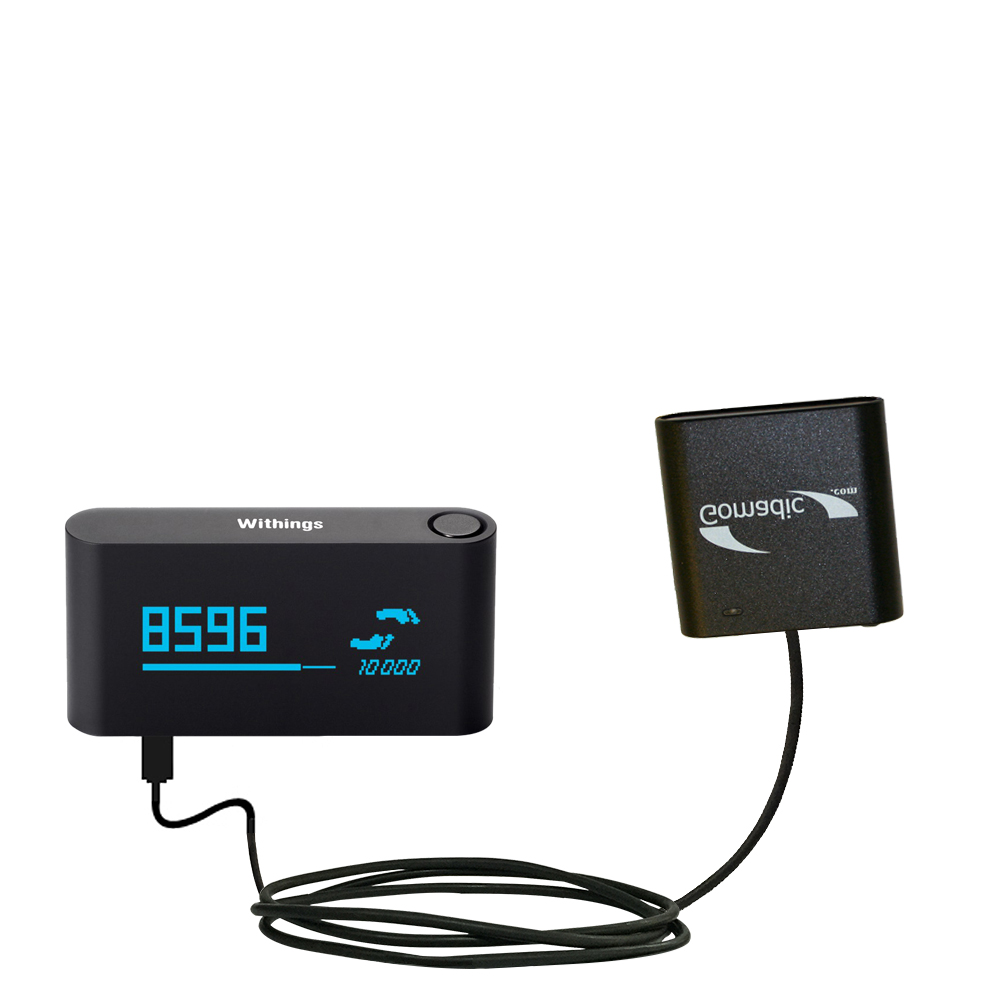

- #BATTERY PULSE CHARGER CIRCUIT FOR USE WITH STANDARD CHARGER DRIVER#
- #BATTERY PULSE CHARGER CIRCUIT FOR USE WITH STANDARD CHARGER FULL#
This gives the charger transformer a soft start via the triac and the snubber circuit.
#BATTERY PULSE CHARGER CIRCUIT FOR USE WITH STANDARD CHARGER DRIVER#
The output of the 555 timer triggers the zero-cross optoisolator triac driver MOC 3041 via a transistor. With the switch you can select long or short pulse output. The pulse is feed to the 555 timer that deicide the length of the active output. The circuit a 14-stage ripple counter and oscillator IC 4060 produce a pulse, which is the heartbeat of the circuit. If the charger have a high/low switch its a bonus, if not you can in some cases add a few turns of wire on the secondary winding. The rectifier should be bolted to the chassis to keep cool.

All wiring on secondary should be short and heavy wire. Replace with a rugged bridge rectifier that can cope with the amperes. Some older chargers are equipped with fin rectifiers, which have high voltage drop and must be replaced. Start by ripping out everything except the transformer and the rectifier. There are some tricks to boost the performance if you need it. The project: get hold of an old charger, big or small its your choice depending on the size of batteries you normally handle (bigger is better). This circuit is an add-on and part for a modification of a normal charger and it takes care of the sulphate problem.ĬAUTION: Before you begin a project like this remember: mains voltage is dangerous so if you are not 100% sure of what youre doing consult a friend who has the skills or, dont do it at all ! If a battery has a resting voltage of at least 1.8 Volts/cell and no cells are shorted, desulphation of its plates can be done. The only thing you do is killing the battery completely. When trying to charge a battery in this state it only gets hot and looses water, the gravity of the electrolyte is not increasing to its normal full charge state.
#BATTERY PULSE CHARGER CIRCUIT FOR USE WITH STANDARD CHARGER FULL#
The sulphate preventing the battery from being fully charged and therefore it is unable to deliver its full capacity. When a battery is improperly charged or allowed to self-discharge as occurs during non-use, sulphate crystals build up on the battery’s plates. If you own a motorcycle, a motor home, a caravan, a lawn mover, a day cruiser or maybe a vintage car you must at some point had to write off a lead acid battery.


 0 kommentar(er)
0 kommentar(er)
